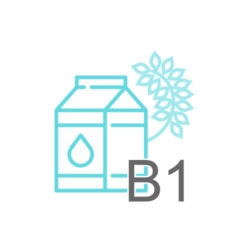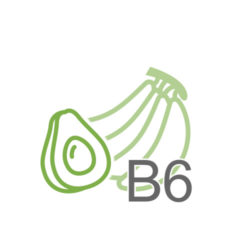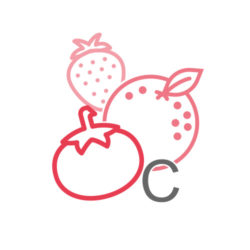Vitamin B9, Folate, Folic Acid
Folacin, Folic Acid, Pteroylglutamic Acid (PGA)
History
Folate gets its name from the Latin word "folium" for leaf, as it was first extracted from spinach leaves. It was identified by researcher Lucy Wills nearly 70 years ago as the nutrient needed to prevent the anemia of pregnancy. Dr. Wills demonstrated that the anemia could be corrected by a yeast extract. Folate was identified as the corrective substance in yeast extract in the late 1930s, and was extracted from spinach leaves in 1941.
Introduction
Good sources include liver, kidney, avocados, beans, beets, celery, chickpeas, eggs, fish, green leafy vegetables, nuts, oranges, soya beans and whole wheat products. Folic Acid supplements are usually derived from yeast, wheat germ or and commercially synthesized folic acid (pteroyl-glutamic acid).
Traditional Usage
Vitamin B9, also known as folate, is need to synthesise the nucleic acids DNA and RNA in our genes, and to form heme, the iron-containing protein in haemoglobin. Folic acid is also needed for the interconversion of serine from glycine; for the formation of the amino acids tyrosine from phenylalanine; glutamic acid from histidine; and methionine from homocysteine. It is also essential for the synthesis of choline from ethanolamine. Folic acid is crucial for the formation of a healthy foetus and an important nutritional supplement for all women of child bearing age, as it can help prevent conditions including spina bifida.
*The Content is not intended to be a substitute for professional medical advice, diagnosis, or treatment. Please always seek the advice of your physician or other qualified health provider with any questions you may have regarding a medical condition.




